



In a world where data and artificial intelligence are rewriting the way we work, build, and innovate, there's one thing quietly holding everything together: syntax. It’s the structure behind your code, the rules that dictate how machines read instructions, and the reason your queries and models run—or fail. If you've ever stared at an error message for a misplaced comma or a missing parenthesis, you've already met syntax.
So, what is syntax in the context of data and AI? It's not about grammar or language arts—it’s about structure, logic, and the correct arrangement of elements that computers need to interpret code, queries, and scripts accurately.
This blog dives deep into the concept of syntax in data systems, programming, and AI workflows. We’ll break down what it means, why it matters, explore real-world examples, and look at some of the most important rules every data engineer, analyst, and AI practitioner should know in 2025.
At its core, syntax refers to the set of rules that defines how statements, commands, and expressions must be structured in a given programming or query language. It's what makes code readable by machines. Just like a sentence in English must follow a grammatical order to make sense, code must follow the syntax of the language it’s written in to be executed correctly.
What is syntax in data systems specifically? It's the blueprint that determines how:
SQL queries are written
Python or R scripts are executed
JSON or XML data is structured
APIs are called and interpreted
Incorrect syntax results in errors—your command doesn’t get processed. Correct syntax ensures that your instructions are executed as intended.
Let’s look at some syntax-related examples in common data tasks.
Now that we've answered what syntax is, let’s put it in perspective with real-world examples used across industries.
SQL (Structured Query Language) is the backbone of querying databases. It has a strict syntax you must follow to retrieve or manipulate data.
Correct syntax:
sql
Copy code
SELECT name, email FROM users WHERE country = 'India';
Incorrect syntax:
sql
Copy code
select name email from users where country = India;
The second example is missing a comma and quotation marks—breaking syntax rules and resulting in an error.
Python is widely used in AI and data science. It also depends heavily on proper syntax.
Correct syntax:
python
Copy code
def greet(name):
print("Hello, " + name)
Incorrect syntax:
python
Copy code
def greet(name)
print("Hello, " + name)
Missing the colon after the function declaration will immediately throw a SyntaxError.
JSON (JavaScript Object Notation) is used in APIs, configurations, and data transfers. Its syntax must follow a tree-like format with properly paired braces and commas.
Correct syntax:
json
Copy code
{
"name": "Enqurious",
"type": "Learning Platform"
}
Incorrect syntax:
json
Copy code
{
"name": "Enqurious",
"type": "Learning Platform"
This will fail because the closing brace } is missing.
These examples show how essential syntax is to the integrity of any data pipeline or AI model.
So, beyond error prevention, what is syntax really enabling?
Machines do not interpret intent—they follow strict instructions. Syntax provides the clarity needed for code or queries to run without human intervention. In AI systems, this is crucial. A misplaced bracket can lead to an entirely failed model training.
When building pipelines that ingest, transform, and serve data, thousands of scripts and queries run automatically. Without the right syntax, the entire chain can break. In platforms like Apache Airflow or AWS Glue, one small syntax error can stall batch processing jobs or data ingestion from critical sources.
Clear syntax isn’t just about writing—it’s about reading. Whether you're reviewing your own code or inheriting someone else’s, clean and syntactically correct code is easier to debug, extend, and document.
In machine learning pipelines, syntax rules apply to code, configuration files (like YAML or JSON), and model definitions. Tools like TensorFlow, PyTorch, or Scikit-learn are powerful—but they are also unforgiving of incorrect syntax.
As businesses automate and scale AI adoption, ensuring syntactic accuracy is foundational to everything from ETL jobs to model deployment.
Knowing what is syntax, is the start—next is mastering the rules and avoiding common mistakes.
Every language has its own syntax rules. SQL is case-insensitive but requires semicolons and commas. Python is indentation-sensitive. JSON needs double quotes and well-formed nesting. Learn these nuances.
Linters like Pylint (for Python), ESLint (for JavaScript), or SQLFluff (for SQL) help identify and fix syntax errors automatically. Formatters like Black or Prettier maintain code consistency.
Break large scripts into small, manageable chunks. This improves readability and helps isolate syntax errors quickly.
Use comments to explain logic. While not part of syntax, good commenting practices help readers distinguish between code and explanation, reducing misinterpretation.
Use IDEs (like VSCode, PyCharm, or DBeaver) that highlight syntax errors in real time.
As the data and AI stack expands, here’s where understanding what is syntax becomes critical:
SQL engines: Snowflake, BigQuery, MySQL, PostgreSQL
Scripting languages: Python, R, Scala
ETL tools: Apache Airflow, Talend, AWS Glue
ML platforms: TensorFlow, PyTorch, Vertex AI, SageMaker
Data formats: JSON, XML, YAML, Parquet
API integrations: REST, GraphQL
Config and orchestration: Docker, Kubernetes, Terraform
Whether you're querying a database or launching a containerized machine learning job, every step depends on correctly structured syntax.
So, what is syntax in the age of AI and data pipelines? It’s not just a set of rules—it’s the invisible architecture that powers reliable, scalable, and automated systems. Syntax defines how we instruct machines, connect systems, and build the intelligence behind modern businesses.
When working in data or AI, you don’t just need to "know the syntax"—you need to master it. The cost of a small error can be massive. On the flip side, good syntax ensures smooth collaboration, automation, and confidence in every script, model, or process you touch.
From scattered scripts to structured success, Enqurious equips data teams to build smarter, faster, and more secure workflows. Whether you're designing AI models, managing complex ETL pipelines, or deploying custom data applications, our platform delivers clarity—starting with syntax. With expert support, hands-on training, and intuitive tools, Enqurious helps you turn every line of code into meaningful progress.

Passed the Databricks Gen AI Associate Certification with 56 questions in 90 minutes! Here's my honest experience, preparation strategy, time management tricks, and the exact resources that helped me succeed. Real insights for aspiring certificants.

A practical walkthrough of how I reduced heavy batch workloads using Change Data Feed (CDF) in Databricks. This blog shows how CDF helps process only updated records, cutting compute costs and boosting pipeline efficiency.

I dropped a table in Snowflake, then queried to verify it was gone. The system said it doesn't exist, but also showed it consuming 3.57 MB. That contradiction led me down a rabbit hole of metadata delays, missing commands, and hidden costs. Here's what I discovered.
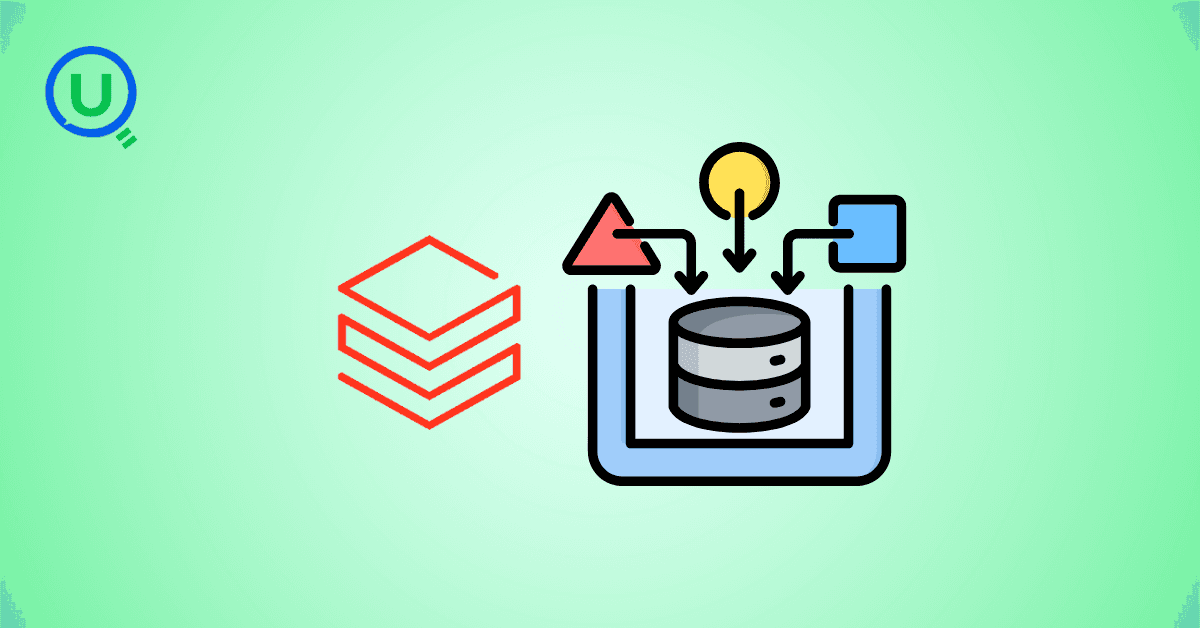
The AI industry has a security problem: data scientists aren't trained in security, ML engineers are working with black-box models, and security pros don't understand GenAI. Learn about the frameworks and tools bridging this gap—from Llama Guard to Databricks' safety features.

Why DELETE isn’t enough under GDPR, and how Time Travel can make sensitive data reappear unless VACUUM is used correctly.

This blog shares my personal journey into Snowflake Gen AI, from early confusion to hands-on clarity. It offers practical study tips, common pitfalls, and guidance to help you prepare effectively and understand Snowflake’s evolving AI capabilities.

Started scrolling Instagram at 2 AM. Saw Cloudflare memes. Fell down a 4-hour research rabbit hole. Discovered that AND database = 'default' could have prevented the whole thing. My sleep schedule is ruined but at least I understand distributed systems now.

Discover the top 10 data pipeline tools every data engineer should know in 2025. From Airflow to Fivetran, learn how each tool powers modern data workflows, supports real-time analytics, and scales across cloud ecosystems.
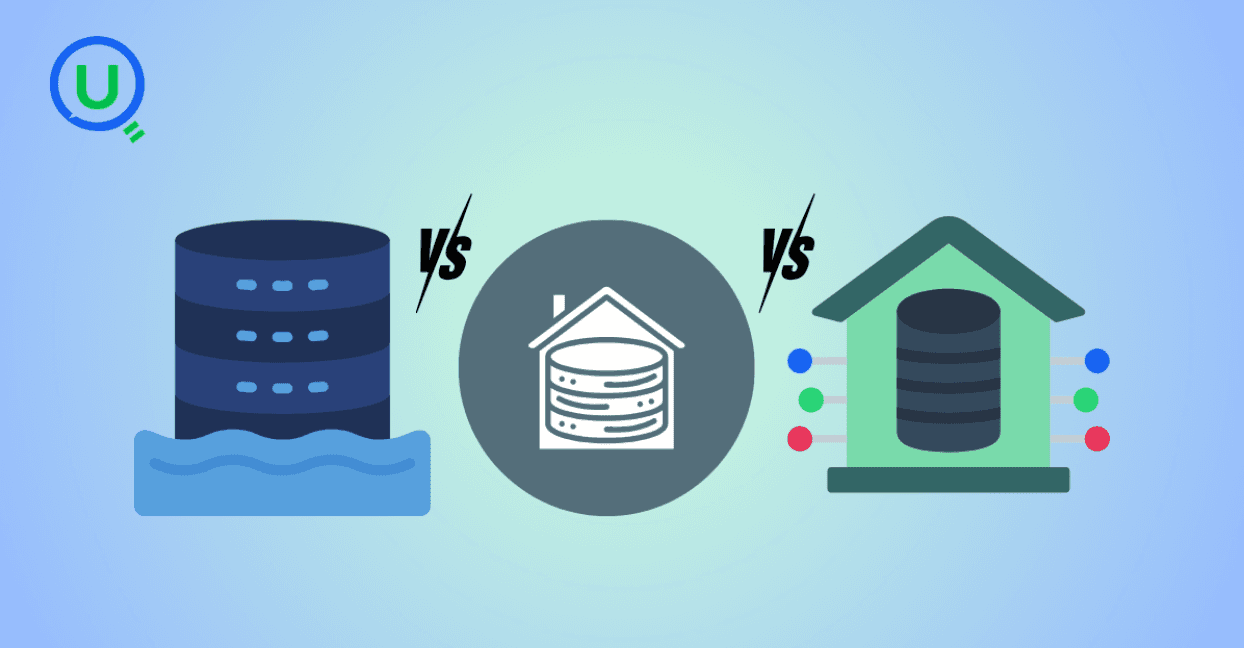
Confused between a data lake, data warehouse, and data mart? Discover key differences, real-world use cases, and when to use each architecture. Learn how to build a modern, layered data strategy for scalability, governance, and business insights.
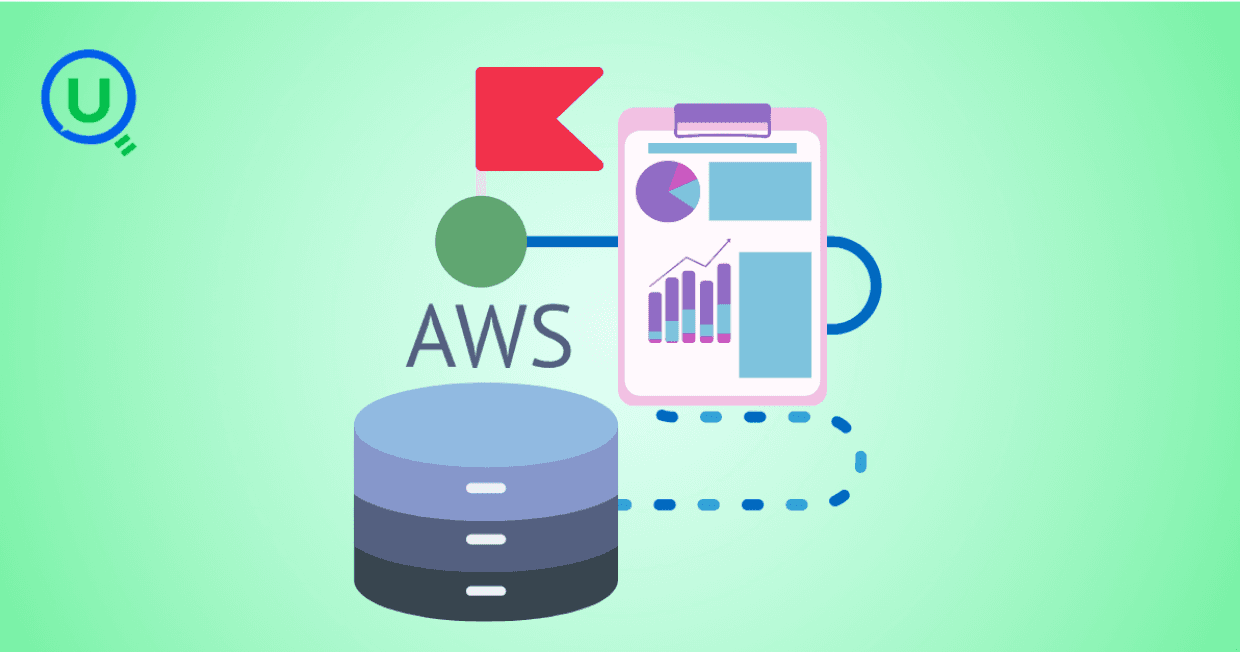
Discover how AWS Data Pipeline helps automate data movement and transformation across AWS services like S3, Redshift, and EMR. Learn its key features, benefits, limitations, and how it compares to modern tools like AWS Glue and MWAA.

Learn how to build scalable and secure data pipeline architectures in 2024 with best practices, modern tools, and intelligent design. Explore key pillars like scalability, security, observability, and metadata tracking to create efficient and future-proof data workflows.
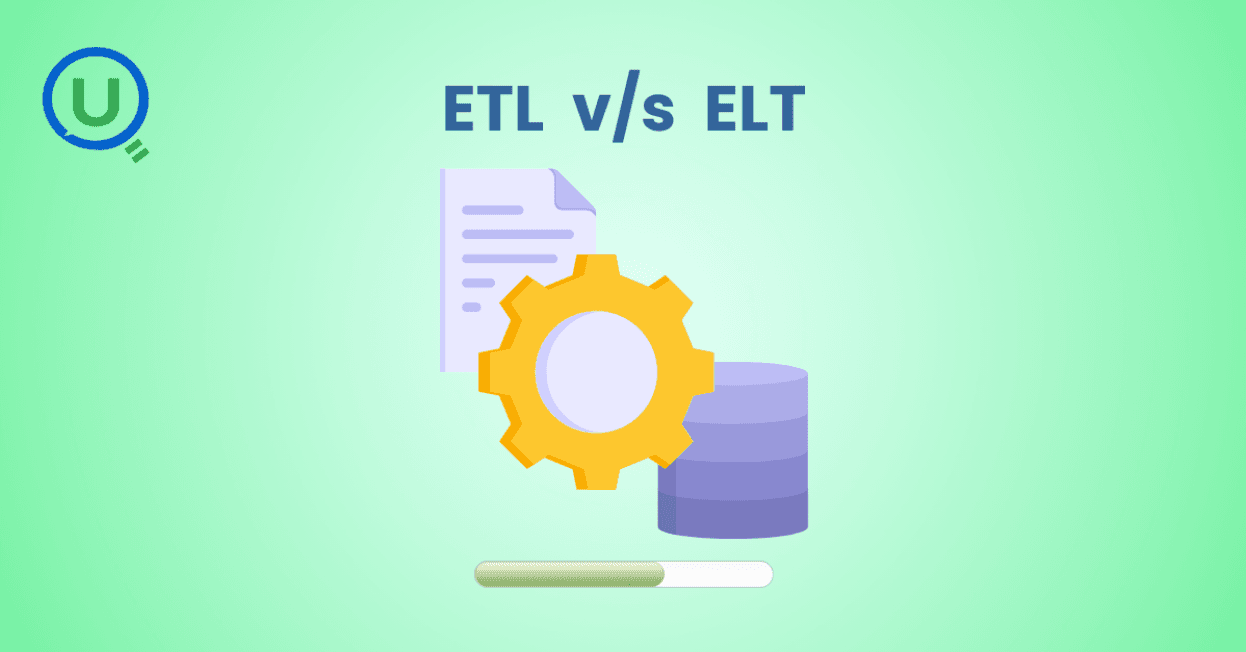
Explore the key differences between ETL and ELT data integration methods in this comprehensive guide. Learn when to choose each approach, their use cases, and how to implement them for efficient data pipelines, real-time analytics, and scalable solutions.
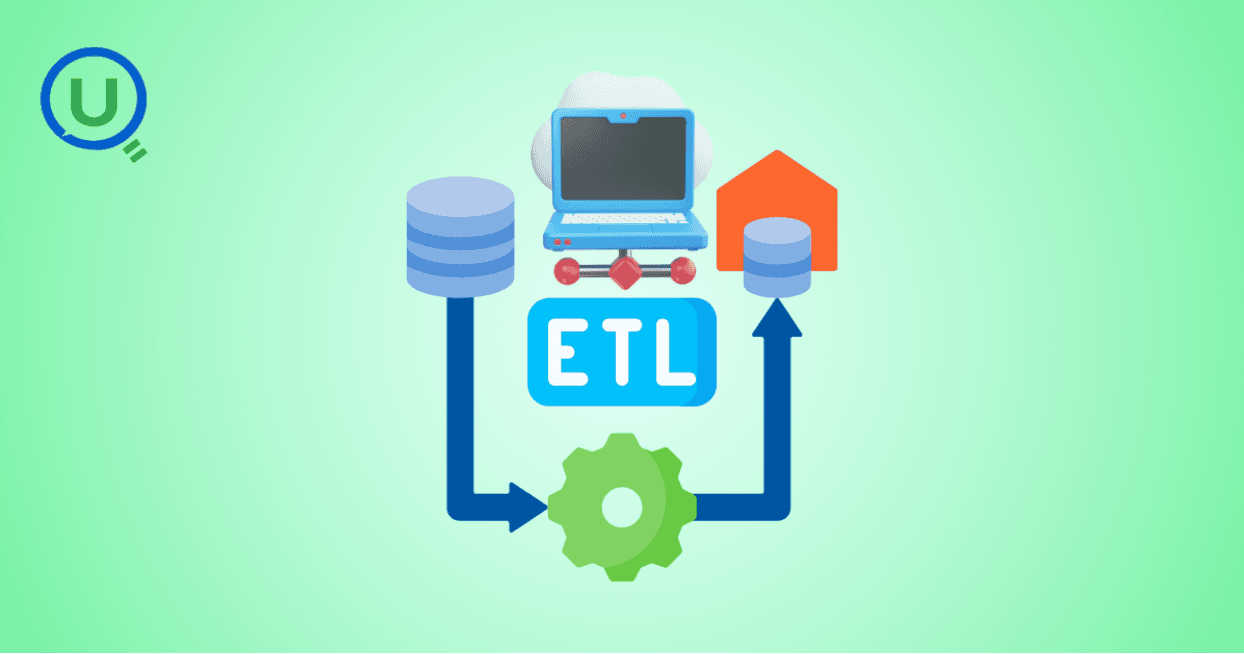
Learn the essential role of ETL (Extract, Transform, Load) in data engineering. Understand the three phases of ETL, its benefits, and how to implement effective ETL pipelines using modern tools and strategies for better decision-making, scalability, and data quality.

Discover why data orchestration and analysis are essential for modern data systems. Learn how automation tools streamline data workflows, boost insights, and scale with your business

Learn what a data ingestion pipeline is, why it's vital for modern analytics, and how to design scalable, real-time pipelines to power your data systems effectively.

Discover the top 15 data warehouse tools for scalable data management in 2024. Learn how to choose the right platform for analytics, performance, and cost-efficiency.

Confused between a data mart and a data warehouse? Learn the key differences, use cases, and how to choose the right data architecture for your business. Explore best practices, real-world examples, and expert insights from Enqurious.

Discover the top 10 predictive analytics tools to know in 2025—from SAS and Google Vertex AI to RapidMiner and H2O.ai. Learn why predictive analytics is essential for modern businesses and how to choose the right tool for your data strategy.

Explore the key differences between descriptive and predictive analytics, and learn how both can drive smarter decision-making. Discover how these analytics complement each other to enhance business strategies and improve outcomes in 2025 and beyond.

Explore the key differences between predictive and prescriptive analytics, and learn how both can drive smarter decisions, enhance agility, and improve business outcomes. Discover real-world applications and why mastering both analytics approaches is essential for success in 2025 and beyond.

Compare PostgreSQL vs SQL Server in this comprehensive guide. Learn the key differences, strengths, and use cases to help you choose the right database for your business needs, from cost to performance and security.

Learn what Power BI is and how it works in this beginner's guide. Discover its key features, components, benefits, and real-world applications, and how it empowers businesses to make data-driven decisions.

Explore what a Business Intelligence Engineer does—from building data pipelines to crafting dashboards. Learn key responsibilities, tools, and why this role is vital in a data-driven organization.
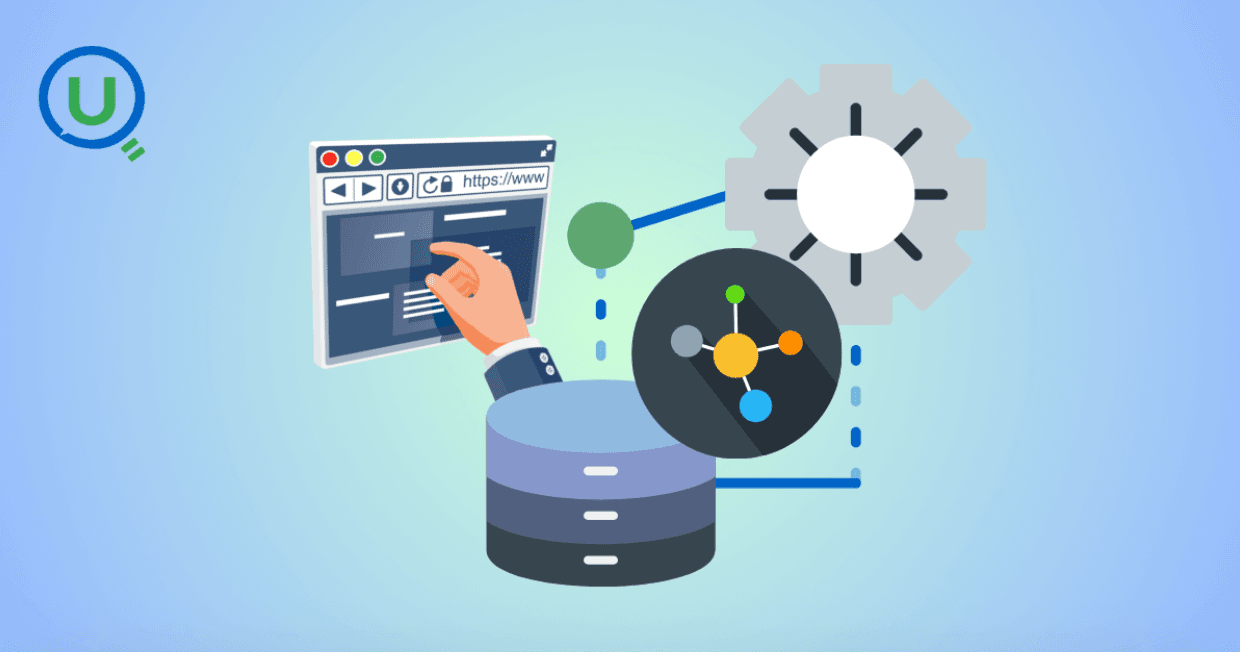
Discover why data lineage is essential in today’s complex data ecosystems. Learn how it boosts trust, compliance, and decision-making — and how Enqurious helps you trace, govern, and optimize your data journeys.

Learn what a data mart is, its types, and key benefits. Discover how data marts empower departments with faster, targeted data access for improved decision-making, and how they differ from data warehouses and data lakes.

Master data strategy: Understand data mart vs data warehouse key differences, benefits, and use cases in business intelligence. Enqurious boosts your Data+AI team's potential with data-driven upskilling.

Learn what Azure Data Factory (ADF) is, how it works, and why it’s essential for modern data integration, AI, and analytics. This complete guide covers ADF’s features, real-world use cases, and how it empowers businesses to streamline data pipelines. Start your journey with Azure Data Factory today!

Discover the key differences between SQL and MySQL in this comprehensive guide. Learn about their purpose, usage, compatibility, and how they work together to manage data. Start your journey with SQL and MySQL today with expert-led guidance from Enqurious!
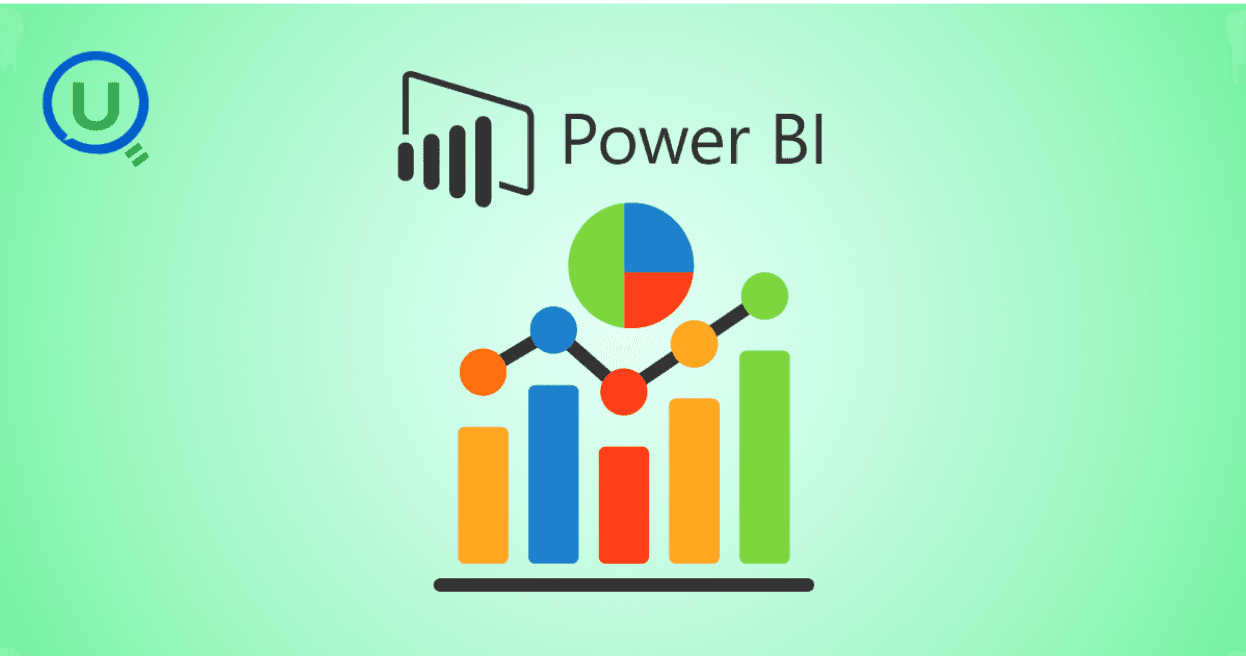
Learn Power BI from scratch in 2025 with this step-by-step guide. Explore resources, tips, and common mistakes to avoid as you master data visualization, DAX, and dashboard creation. Start your learning journey today with Enqurious and gain hands-on training from experts!

AI tools like ChatGPT are transforming clinical data management by automating data entry, enabling natural language queries, detecting errors, and simplifying regulatory compliance. Learn how AI is enhancing efficiency, accuracy, and security in healthcare data handling.
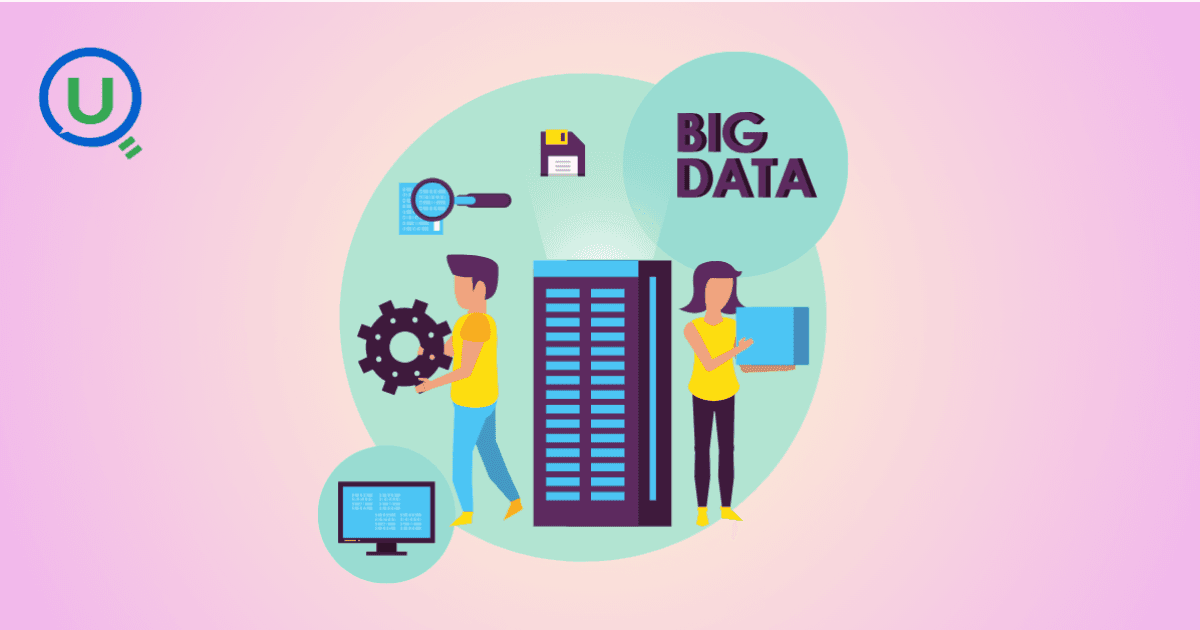
Big Data refers to large, complex data sets generated at high speed from various sources. It plays a crucial role in business, healthcare, finance, education, and more, enabling better decision-making, predictive analytics, and innovation.

Discover the power of prompt engineering and how it enhances AI interactions. Learn the key principles, real-world use cases, and best practices for crafting effective prompts to get accurate, creative, and tailored results from AI tools like ChatGPT, Google Gemini, and Claude.

Learn what a Logical Data Model (LDM) is, its key components, and why it’s essential for effective database design. Explore how an LDM helps businesses align data needs with IT implementation, reducing errors and improving scalability.

Discover the power of a Canonical Data Model (CDM) for businesses facing complex data integration challenges. Learn how CDM simplifies communication between systems, improves data consistency, reduces development costs, and enhances scalability for better decision-making.

Discover the 10 essential benefits of Engineering Data Management (EDM) and how it helps businesses streamline workflows, improve collaboration, ensure security, and make smarter decisions with technical data.

Explore how vibe coding is transforming programming by blending creativity, collaboration, and technology to create a more enjoyable, productive, and human-centered coding experience.

Learn how Azure Databricks empowers data engineers to build optimized, scalable, and reliable data pipelines with features like Delta Lake, auto-scaling, automation, and seamless collaboration.
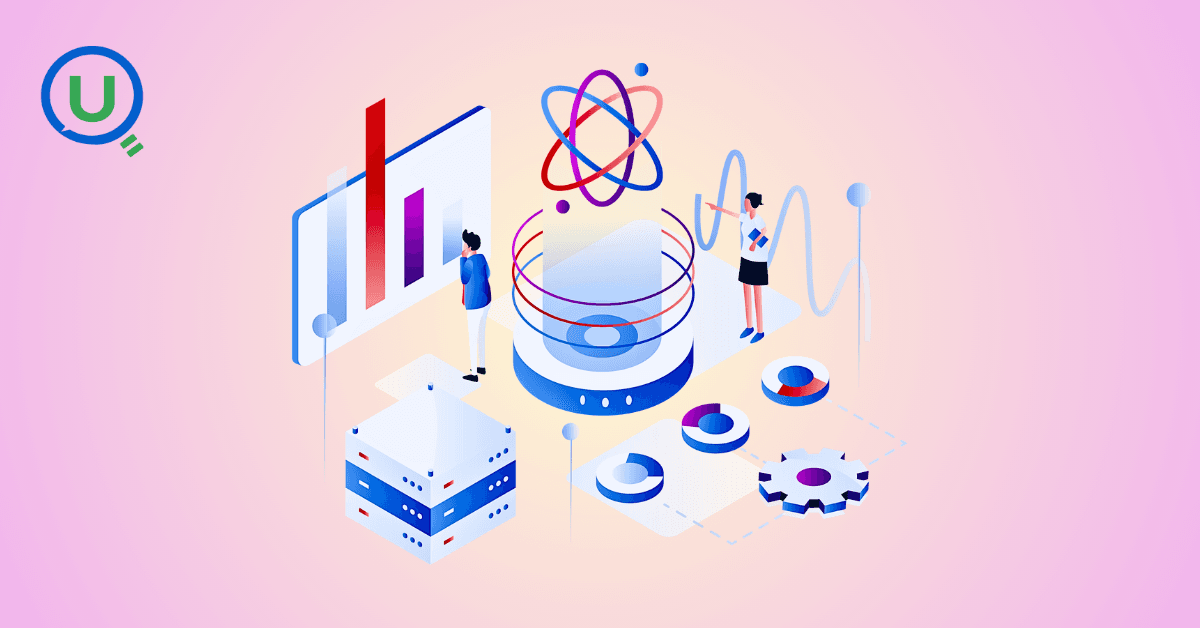
Explore the top 10 data science trends to watch out for in 2025. From generative AI to automated machine learning, discover how these advancements are shaping the future of data science and transforming industries worldwide.

Discover the key differences between data scientists and data engineers, their roles, responsibilities, and tools. Learn how Enqurious helps you build skills in both fields with hands-on, industry-relevant learning.

Discover the 9 essential steps to effective engineering data management. Learn how to streamline workflows, improve collaboration, and ensure data integrity across engineering teams.

Azure Databricks is a cloud-based data analytics platform that combines the power of Apache Spark with the scalability, security, and ease of use offered by Microsoft Azure. It provides a unified workspace where data engineers, data scientists, analysts, and business users can collaborate.

In today's data-driven world, knowing how to make sense of information is a crucial skill. We’re surrounded by test scores, app usage stats, survey responses, and sales figures — and all this raw data on its own isn’t helpful.

In this blog, we will discuss some of the fundamental differences between AI inference vs. training—one that is, by design, artificially intelligent.

This guide provides a clear, actionable roadmap to help you avoid common pitfalls and successfully earn your SnowPro Core Certification, whether you’re making a career pivot or leveling up in your current role.

"Ever had one of those days when you’re standing in line at a store, waiting for a sales assistant to help you find a product?" In this blog we will get to know about -What is RAG, different types of RAG Architectures and pros and cons for each RAG.

Discover how Databricks and Snowflake together empower businesses by uniting big data, AI, and analytics excellence

How do major retailers like Walmart handle thousands of customer queries in real time without breaking a sweat? From answering questions instantly to providing personalized shopping recommendations, conversational AI reshapes how retailers interact with their customers.